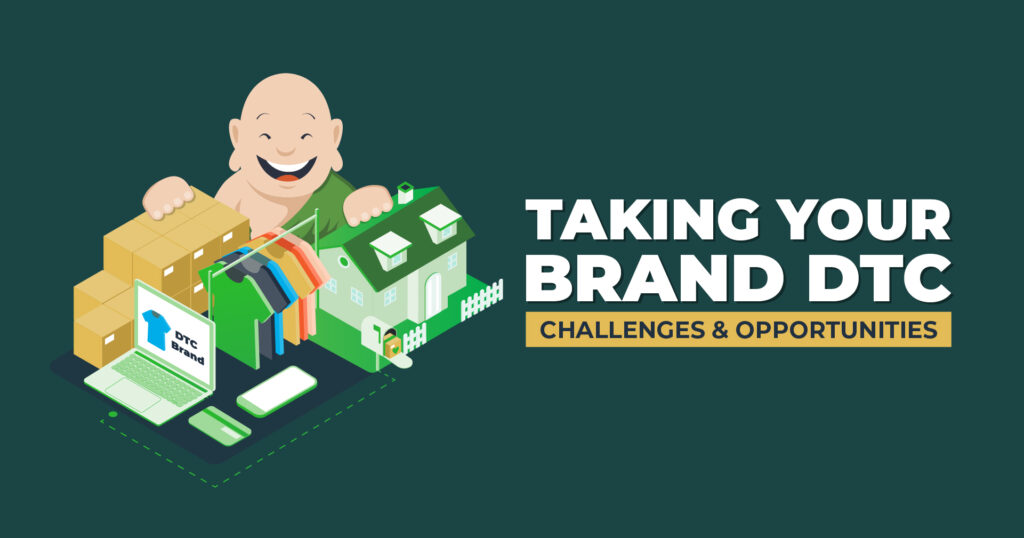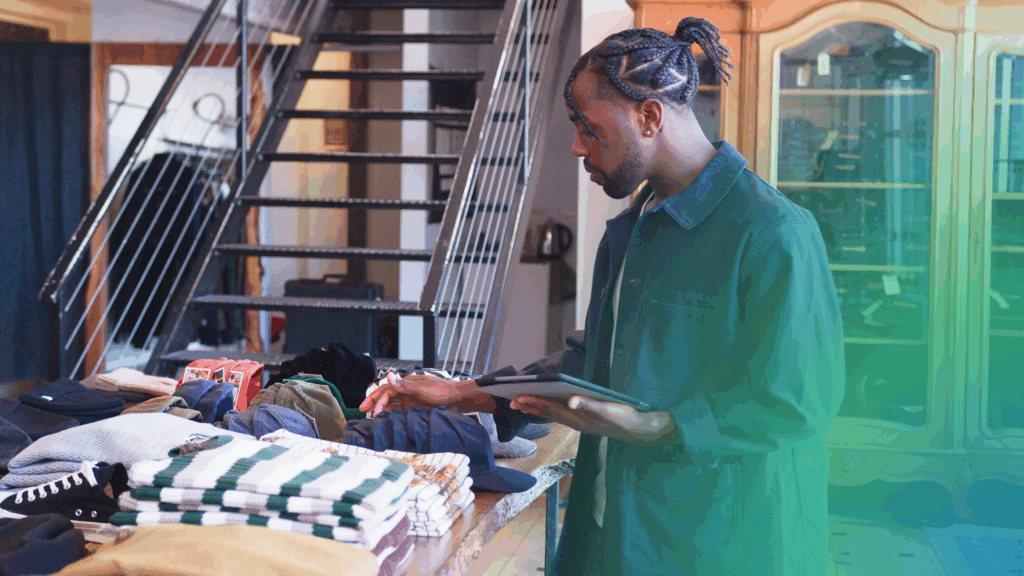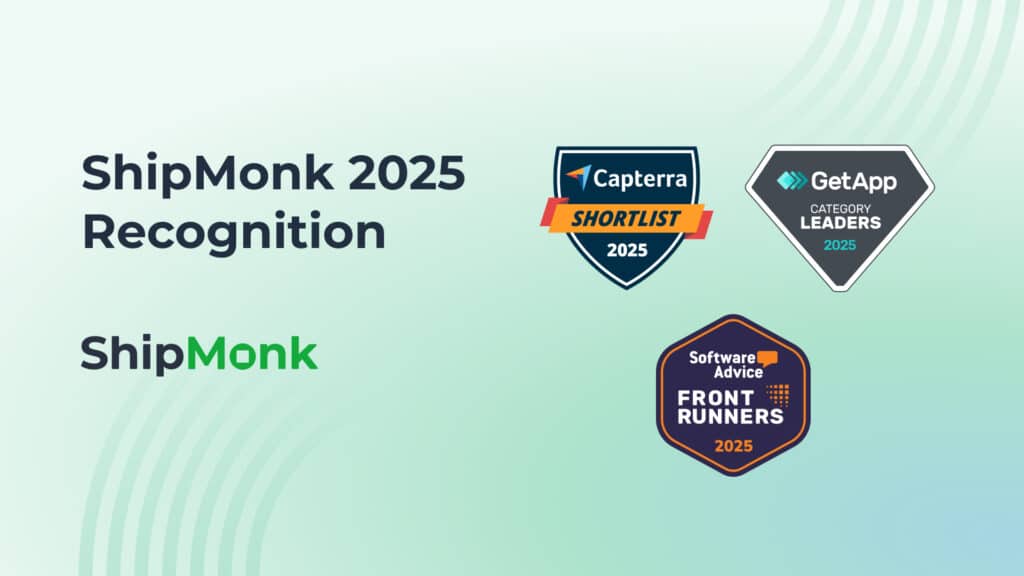If you’re reading this, we don’t need to tell you that the retail landscape is undergoing massive changes. Anyone who owns or manages a brand, whether wholesale or retail, online or brick and mortar, is painfully aware of the seemingly daily department-store closings, behemoth marketplaces pulling shoppers online, and competition from small startup “disruptors” in virtually every retail category.

Maybe you’re one of those disruptors struggling to scale your brand. Or maybe you manage a legacy wholesale brand and are contemplating going direct to consumer (DTC). Either way, taking a brand DTC is easier said than done — and may not be the right solution for every brand. This article will take you through some of the challenges and opportunities that come with taking your brand DTC. Do you have what it takes? Let’s find out!
Changing Landscape
Traditionally, growing a brand involved opening your own branded stores (like Nike or Apple) or competing with other brands for shelf space inside a traditional retail store like Macy’s or Walmart. These legacy brands built awareness by spending millions on national advertising, which earned them prominent shelf space, which snowballed into more customers demanding their product. The internet changed all that.
Now, anyone with a product idea (good or bad) can host a Shopify storefront for $39/month. According to the U.S. Department of Commerce Census Bureau, 978,000 new small business applications were filed in the retail sector in 2021, a growth of 87% since 2019. The vast majority of them (78%) were non-store retail, meaning they were selling their own trademarked goods online and delivering them directly to their customers. There are approximately 1.5M of these “branded etailers” in the U.S. today. Many of them also manage branded brick-and-mortar stores, and/or sell wholesale to traditional retailers. It doesn’t matter which sales channel they started with, they understand that having multiple sales channels is the fastest way to scale.
According to the Census Bureau’s Quarterly Ecommerce Report, ecommerce sales reached $1.03 trillion in 2022, passing the $1 trillion mark for the first time ever. The ecommerce sector has enjoyed double digit growth every year for the past 9 years, slowing to 7.7% in 2022. Ecommerce sales now account for 21.2% of total retail sales.
But there is some good news for wholesale brands. As consumers have moved online to shop, traditional retailers such as Walmart, Target and Home Depot fought back by launching their own websites and marketplaces (a.k.a. “traditional etailers”). Wholesale brands that sell products through traditional etailers enjoy the benefits of online sales, thanks to the efforts of their retail partners. But they have the same problem online that they’ve always had: competing against other legacy brands and fresh-faced disruptors for virtual shelf space.
Opportunities with Taking Your Brand DTC
Whether you’re a huge CPG manufacturer or a medium-sized brand with a few products on Amazon, launching a DTC sales channel offers multiple opportunities to grow your brand. And the process is easier now than ever before. There’s an app for everything ecommerce, from international payments to order processing to finding the most economical shipping method. Plus, you can outsource the painful parts (like order fulfillment, tech integrations, and small-parcel shipping) to a third-party logistics (3PL) provider. For legacy wholesale brands, there are plenty of advantages to going DTC.
Higher Margins — Without the retailer taking its cut, every penny of direct sale profit goes to you. Cha-ching! This is often the first and only reason wholesale brands choose to go DTC, but they soon find out that due to the cost of entry, DTC might not be as profitable as they think.
Own Your Brand — A better reason to go DTC is the chance to own your own brand. With your own storefront, you’ll have complete control over the marketing, brand personality, website design, customer experience, product assortment, packaging, pricing, promotions, social media presence and more. On the flip side, you have to manage all this.
Leverage Your Wholesale Brand — If your legacy wholesale brand has a good reputation, you already have a big advantage over those young disruptors who are starting from scratch. You likely have loyal customers, who may already be searching for your brand online, but have been forced to shop at a marketplace or traditional etailer.
Grow a List of Customers — A DTC channel gives you the opportunity to identify and communicate with the customers who actually buy your product, something you’ll never get from selling on Amazon. You can use this list to engage with them, reward them, ask for their opinions, and learn from them.
Lower Cost Per Customer — Since you already have a loyal following, and it costs far more to gain a new customer than keep an existing one, it makes sense that a legacy brand will pay less per customer. Any success you have in building your brand online will help with retail sales, as well.
Test New Products — A branded storefront allows you to test new products and promotions before rolling them out to other sales channels. Think of your new website as an incubator for change.
Increase Brand Value — A brand that brings loyal customers with it is a valuable asset to any retailer. This can increase your overall bargaining power with retailers and investors.
Lessen Dependence on Other Channels — If you have the inventory and capacity to fill orders directly, you’ll be in a much better place the next time an external factor causes global supply chain issues, or an Amazon warehouse runs out of your product. With a DTC channel, you have more control over your own fate.
Challenges with Taking Your Brand DTC
There are plenty of challenges to launching a DTC sales channel, which is why it’s not always a slam dunk — for any brand, let alone a wholesale brand. From investments in infrastructure and technology, to staffing for soft skills like digital marketing, going DTC involves building a new ecosystem outside of your normal B2B/retail fulfillment business. Here are some of the challenges you’ll face:

Funding — You’ll need to fund this initiative, and to do that, you’ll need to sell the idea to your board or potential investors. How will you measure ROI? Are increased sales your main goal? (See the list above for other ways to sell your plan.)
Building an Online Presence — You’ll need an online storefront. You can build it yourself, or leverage a third-party shopping platform like Shopify or BigCommerce. We assume you already own your own domain name, which is a great start. But your website or storefront will need constant maintenance. It should be optimized for search engines, reflect your brand values and personality, and be easy to navigate. And that’s just the tip of the iceberg.
Building a Tech Stack — The DTC fulfillment process is a lot more complex than shipping a pallet of goods to a Walmart distribution center. You’ll need integrated systems that seamlessly connect your shopping platform to payment systems, an order management system, and a return authorization system, as well as all the back-end systems that manage your fulfillment operations, from processing orders to managing inventory, to shipping and order tracking — all this while managing your existing B2B fulfillment business. (Hint: a full-service, tech-forward 3PL like ShipMonk can help you pull all of this off, and then some.)

Fulfillment Operations — As we may have mentioned, direct fulfillment is juuuuust a little different from B2B fulfillment. Instead of selling pallets of merchandise to a few retailers, you are selling, packing, and shipping orders to millions of individual customers (or at least you’ll need the capability and capacity to do so). Yes, you could build the infrastructure to perform small-parcel ecommerce order fulfillment yourself, but will the bump in sales justify the expense? Some 3PLs (like guess who?) can handle both DTC and B2B fulfillment.
Staffing — Do you have the skills to do all this? From digital marketing to customer service to fulfillment and returns, you’ll need people. Lots of people.
Differentiating Your Product Offering — No matter how much explaining you do, your retail partners will still view your DTC website as competition. But we’re all grownups here. You can reduce the friction by not undercutting their prices, making sure to differentiate your product offering from theirs, and by directing customers to the nearest retail store in case they need your product immediately. How do you differentiate your product? Consider bundling items that are frequently purchased together, offering gift wrapping services, selling premium versions of your products or loyalty programs for just a few ideas.
Is DTC Right for Your Brand?
So, knowing all this, should you or shouldn’t you go direct? A better question might be, do you have a choice? If you are in a category that has already been disrupted or you’re having trouble attracting younger customers, you may not have a choice. Your customers expect you to be online. But is this going to be a miracle cure for whatever ails your brand?
“Even the best DTC initiative can’t save brands with weak product differentiation and significant fixed costs. In addition to digitally native vertical brands that already sell DTC, the brands in the strongest positions to sell DTC are the financially strong legacy wholesalers and consumer packaged goods (CPG) companies that have never before sold directly to consumers.” — Shopify
While you’re focusing on nailing your unique product proposition, we can help reduce fixed costs. Consider outsourcing the skills and infrastructure you’ll need for DTC sales and order fulfillment until you have a better idea of what it takes. There are companies you can hire to manage your web design and optimization, marketing, customer service, fulfillment, and all the technology you could ask for.
But you don’t have to figure all this out yourself. Outsourcing your fulfillment operations to a 3PL like ShipMonk, brings with it a great deal of DTC expertise, as well as a built-in family of partners and third-party tech solutions. ShipMonk can help you build a seamlessly integrated tech stack that meets your unique needs, and give you the power to scale both your DTC and B2C sales channels. Contact us today for a closer look at our DTC and B2B fulfillment capabilities.





